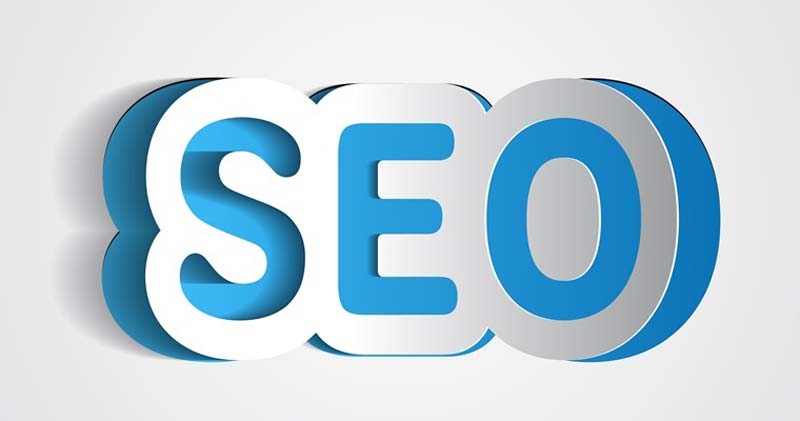Search Engine Optimisation is all about making your website rank high in the search result for a specific term, so that you get more traffic. According to SEO Perth, there are many elements of SEO – Search Engine Optimisation – that may be difficult for the beginner to understand. But there are also simple principles that anyone can do.
- Write your content for the people you want as customers, not for the search engines. When the Internet was young, many webmasters simply repeated their keywords over and over on the page without any other content. This worked for a short while, but as search engines evolved, even they could see that there was no useful content on the page so such websites did not do well any more. If you write useful information about your product or services – and do it properly – it should contain the keyword you want in a way that is natural. Your customers will be happy and so will the search engines.
- Your website should clearly show what is the most important information to lead your visitors into the action you want them to take. Other pages should be linked to the home page and the menu should also contain hyperlinked words to take visitors to the section they need.
- The search engines crawl your website to see what it is about. But they cannot read text that is inside an image. So don’t put any keywords in an image thinking it is a good way to add more, or even in order to trick the search engines, because it won’t work.
- Add fresh content frequently. This will ensure that your website does not die a natural death – and fall to the bottom of the pile. Search engines can find fresh content and they know it wasn’t there before. Hence they know your website is still alive and worth ranking. In fact, when fresh content attracts more visitors to your website, that is why.
- Don’t repeat the same information on different pages. Search engines are not stupid.
- Make sure your page title accurately reflects what the topic is about – and contains your keyword. Also have the same keyword in the first paragraph and in the last one, but only if it can be placed naturally.
- Don’t cram your pages with a tonne of information. Use white space to have clean and easy to read pages that won’t put your visitors off. Vary the size of the text and use sub-headings and bullet points to create interest and ease of reading. Use black on white with a font and size that is easy on the eyes. Some websites use a tiny size and grey on white that makes it difficult to see, let alone read. Not everyone has sharp eyesight.

